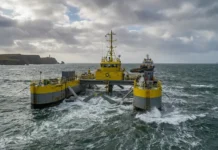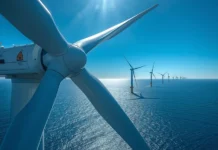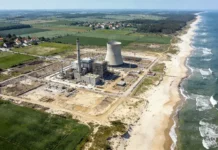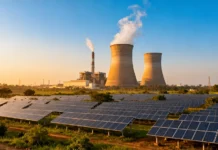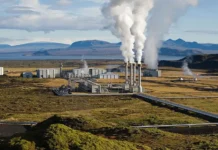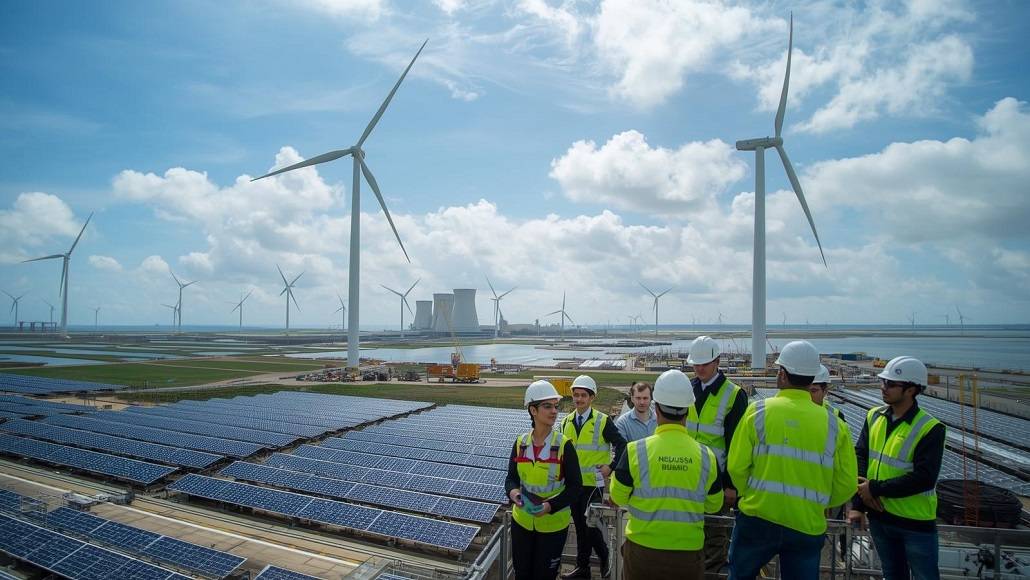The UK government has unveiled plans to expand its clean energy sector, a move that includes creating 400,000 additional roles by 2030, bringing the total workforce in this field to 860,000. The initiative, announced on 19 October, is part of a wider national plan aimed at building up the UK’s renewable and low-carbon energy infrastructure. Since July 2024, private investment in the sector has already passed £50 billion ($61.04bn), funding projects from coastal areas to industrial centers and key energy corridors.
The plan to expand the clean energy workforce also sets out steps to make sure the workforce has the skills needed for these projects. Five new Technical Excellence Colleges will open, alongside pilot programmes in regions such as Pembrokeshire and Cheshire. A national programme is also in place for reskilling oil and gas workers, backed by £20 million ($24.41mn) in joint UK and Scottish government funding.
While the initiative naturally drives significant employment opportunities, offering salaries above the national average and supporting school leavers, military veterans, and career changers, the government presents these roles primarily as part of scaling the UK’s clean energy capacity.
Several key projects highlight the growth of the sector. The Sizewell C nuclear station will add to the country’s low-carbon power output, while the Acorn and Viking carbon capture and storage facilities boost the nation’s ability to cut emissions. Developments in the North West and Yorkshire will also strengthen the energy supply chain, and initiatives like the “energy skills passport” help people move into high-demand areas such as nuclear and grid infrastructure.
Investment is playing a central role in this clean energy workforce expansion. Iberdrola, through ScottishPower, has raised its UK investment to £24 billion ($29.3bn) between 2024 and 2028. EDF, Centrica, Rolls Royce, and Octopus Energy are pushing forward with projects in nuclear, solar, hydrogen, and wind.
Cross-border interconnectors with Ireland, Germany, and Scotland, including the £4.3 billion ($5.25bn) Eastern Green Link 2, are improving energy connectivity. Offshore wind manufacturing is also on the rise. SeAH Wind is committing £225 million ($274.7mn) in Teesside, backed by UK Export Finance. Altogether, these projects show the UK’s clean energy sector growing, with the planned workforce supporting that expansion.



